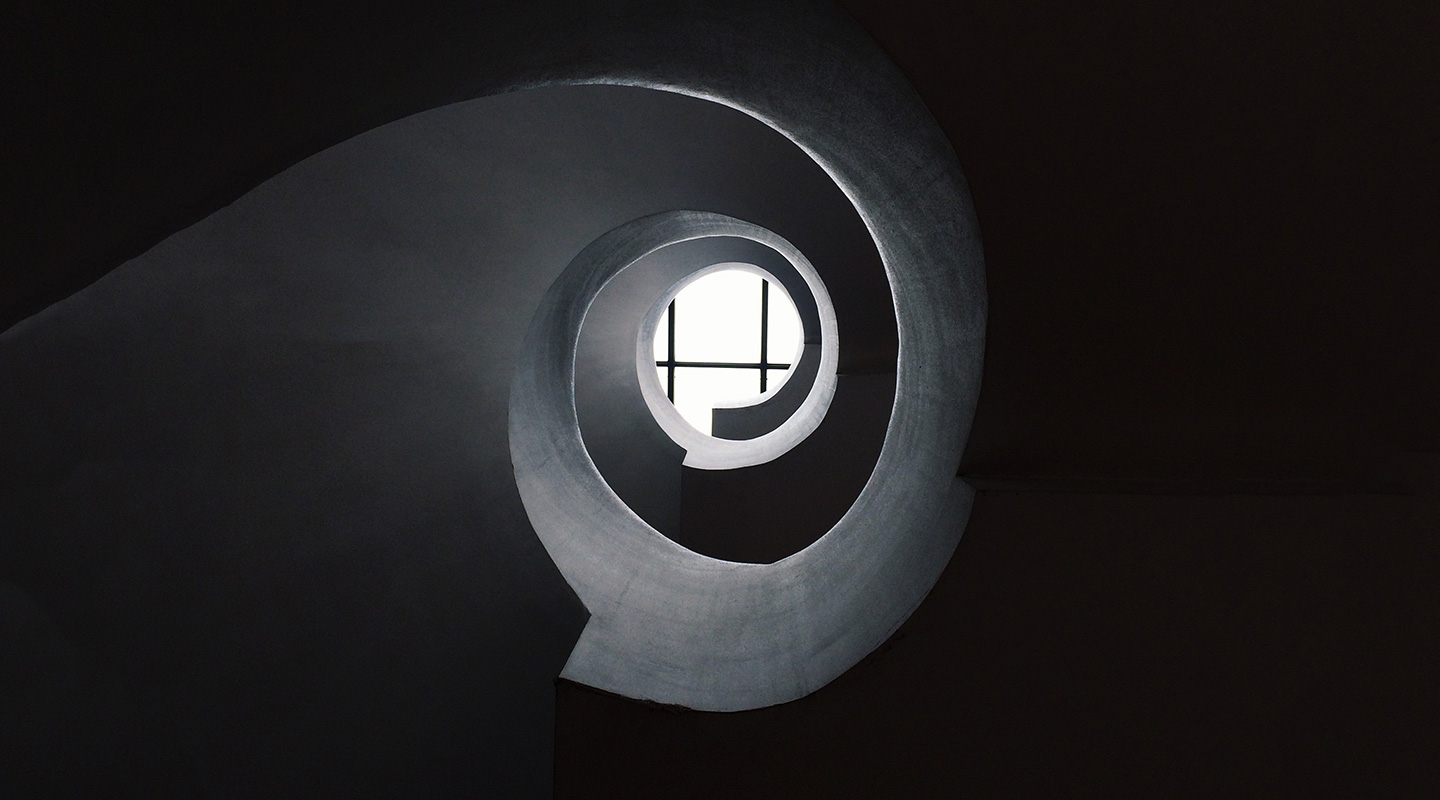When we started to concoct the idea of wanting to create a design agency, it was all ego. There’s no reason at all besides having a steady cash flow and making a profit through what we love to do, which is designing identity for businesses. This is all good from a financial perspective, but we of all people know that we need to have a brand strategy with a brand purpose that is other than making money—a very mundane thing.
I mean, let’s face it: everyone needs money. Everyone wants money to buy everything we need from food, clothing, housing, etc. But it’s just too common and frankly, no one will fight that fight with us as to what we believe in. If someone’s purpose in life is only to make money, then there’s no stopping them to reach that, even when that requires them to do negative (or even illegal).
The whole point of designing and owning a brand promise is to get people to believe in what you believe in. Take Apple, for instance. They believe in “challenging the status quo” through their brand. Look at them now: people lining up in front of the Apple store just to be the first few people that “challenge the status quo” by buying new iPhones as soon as possible before it hits the mass market. Going further, most of the people that uses Apple products define themselves as “hipsters”, with stereotypes like: always talking about having a blog, usually bearded, consider themselves different (even though they are practically all the same), and some of them (weirdly enough) brings a typewriter instead of a laptop when they work in public spaces. These people BELIEVE that when they buy Apple products, they are also challenging the status quo and they strive to be different compared to other people. Now, what do we have compared to Apple? Nothing at the time.
The journey takes our Creative Director, Alek, to Seoul. It has since long been a place of dreams for him, what with K-Pop and all. It was a soul-searching trip spent mostly on meeting new people across the globe and getting to know more about the whole place in solitude. Coming back home, there’s something he constantly miss when he thought about the place. “Everything is designed beautifully, be it products, architecture, or graphic design,” he says, “the guest house where I stayed was on the top of the hill and it was pretty small. To compensate for this and to save energy during winter, they used recycled wood products to split the room by using a sliding door. For product design, they have packs of strawberry jams with a slit in the middle so that you don’t have to use a knife to scrape the packaging or even open the pack with your fingers, which usually results in sticky fingers.”
ut what makes him miss the place so much is the awareness of brand identity design of the place. According to his words, he enjoys walking around the small shops and hanging out in amazing, nestled bistros because the taste is that of the big, fancy restaurants of Jakarta. “It’s so fun walking around in a street where everything is designed beautifully. I could just take a breather and take in all of the design of the neon lights, the translucent storefront with amazing merchandising shelves inside, and basking in a café where natural light is abundant, with a brand that rhymes harmoniously with the whole shindig.”
That spirit is what got us thinking: if we could change a neighborhood through design so that it could be better to walk upon, won’t the world be a better place? Everyone’s mood and emotional state depends on its environment, so if the environment’s beautiful through design, won’t people be happier?
Then, it hits us.
We want to make the world a better place through design. I know it sounds too grandiose, but let’s say we make a restaurant that is beautiful and then the restaurant beside it also renovates, then it keeps going until the neighborhood itself is now amazing. Then, it’ll affect the next neighborhood near it, and so on. It’s a slow process, but we want to make it happen through small endeavors, one at a time.
That is how Tinkerworks’ brand purpose is born. It is now a design studio focused on making the world a better place through brand identity design, in the hopes that clients and partners went on with the same believe as us and that we could go hand-in-hand with them.
So in the end, should we be thinking about something as mundane as money or profit? Money or profit themselves are now rhetoric because who doesn’t need them? Should we focus on a larger purpose in life and in making a brand? I think we should.

